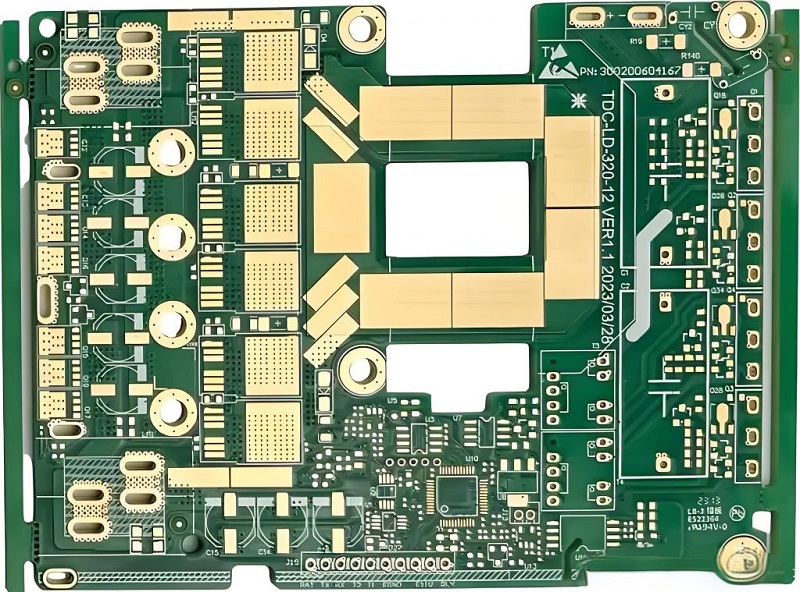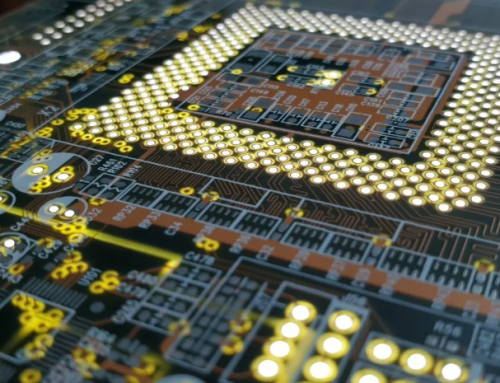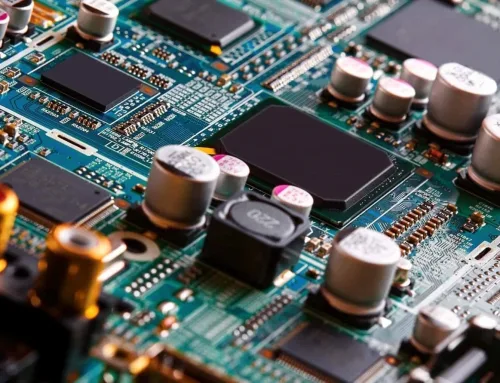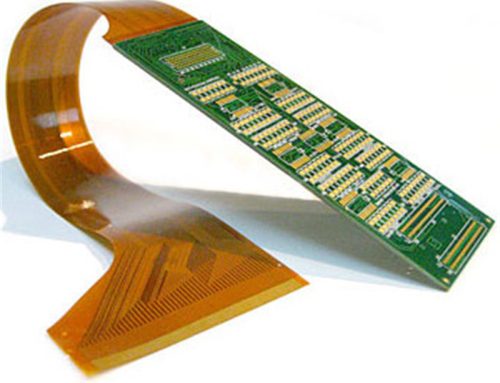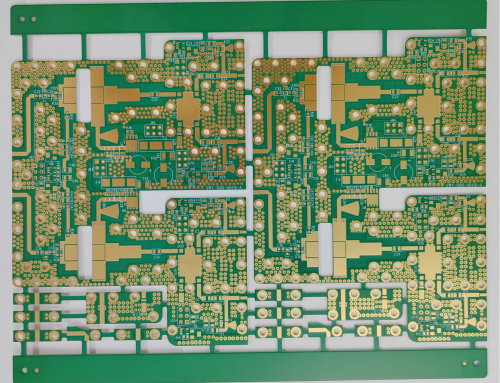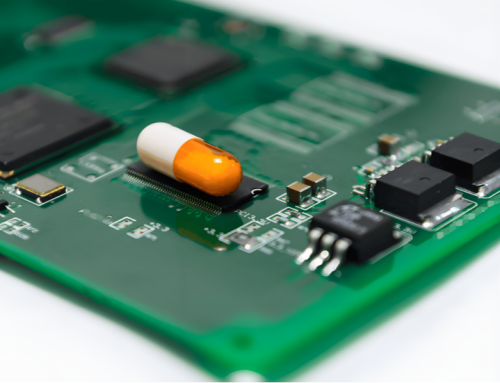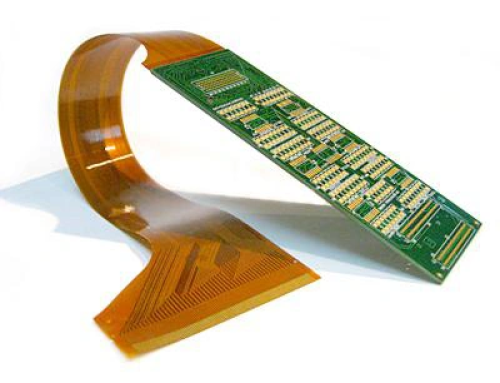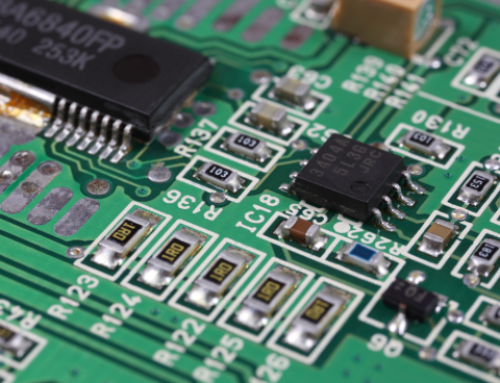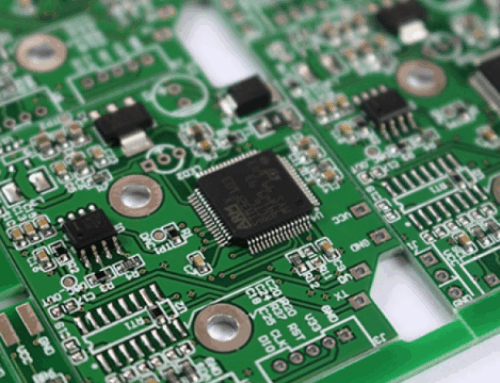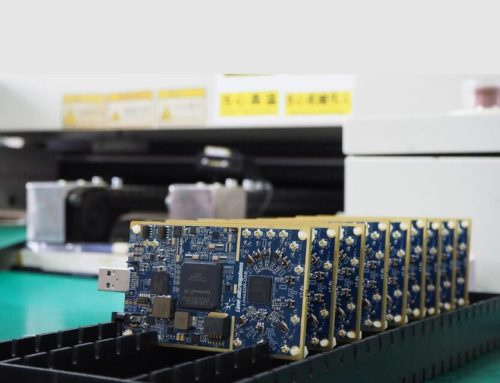Why is Copper Used in Circuit Board Manufacturing?
Table of Conent
Table of Conent
Strong electrical conductivity, which guarantees effective signal transmission; excellent thermal conductivity, which rapidly dissipates heat; stable chemical properties, which prevent corrosion and guarantee dependable circuits; good processability, which satisfies the requirement for PCB miniaturization; and good cost performance and compatibility make copper the perfect material for electronic board manufacturing.
Which Materials are Frequently Found in PCB Boards?
FR-4, Metal, Ceramic and Polymer substrates are used to make circuit boards. All of these materials have unique properties which make them conducive to the production of printed circuit boards.
1. FR-4. The most widely used circuit card substrate in numerous industries, including automotive electronics, industrial controllers, home appliances, and office electronics, is FR-4 because of its excellent electrical, mechanical, thermal, and waterproof features.
2. Metal substrate. Metal substrates are metallic bases that hold an electronic board and can be made from materials such as cooper, iron, nickel, stainless steel, or aluminum. This ensures heat dissipation performance and anti-stress performance in high-power electronics, automotive electronics, LED lighting, and even more. Unfortunately, fabricating the metal substrates is costly.
3. Ceramic substrates. Silicon nitride or high-purity alumina is a substrate for very high-frequency, high-power, and precision electronic components, offering high strength, heat resistance, high mechanical resistance, and corrosion resistance.They are therefore extensively utilized in high-tech sectors like as the military, aerospace, and medicine.
4. Epoxy resin, polyimide, acrylic, polypeptide and other polymers can change shape. They are perfect for high-density, high-speed, high-precision printed circuit boards because of their exceptional mechanical qualities, dimensional stability, and thermal stability.
What is the Core Material?
Copper-clad laminate is the circuit card’s main component. In the production of circuit boards, CCL is essential. It immediately affects the board’s performance in addition to offering conductivity, insulation, and support.
Copper foil is hot pressed on one or both sides after e-glass fabric or other reinforcing materials have been soaked with resin to create copper-clad laminates. This substance serves as the circuit board’s core substrate in addition to being a conductor, insulator, and support.
In addition, other core materials for circuit board include copper foils, prepregs, dry films and inks. The quality and functionality of the finished product are determined by these ingredients taken together.
What is Copper ?
A composite material made of a non-conductive substrate and one or more layers of copper foil is called a copper-clad laminate. Depending on how the substrate’s electrical connections are made, copper foil may be applied to one or both sides.
Laminations coated in copper are essential to the production of circuit boards. It is the main component of printed boards and serves four main purposes: signal transmission, conductivity, insulation, and support.
Copper cladding board serves as the core plate in the creation of multilayer boards and not only connects electrical components but also guarantees the regular operation of electronic devices.
The main processes involved in making copper-clad boards include hot pressing, coating one or both sides with copper foil, and attaching resin glue to the reinforcing material. It is crucial to the production of circuit boards since direct materials make up over 60% of the final PCB cost. It is frequently found in electronic devices like computers and mobile communications and has a broad range of uses.
Why Use Copper ?
1. Conductivity: To meet the operating requirements of electronic equipment, copper, an excellent conductive material, guarantees a smooth flow of current on the circuit card.
2. Heat Dissipation: Copper’s strong thermal conductivity efficiently distributes heat over a wider region, minimizing hot spots locally and enhancing heat dissipation efficiency overall.
3. Mechanical Stability: By minimizing distortion brought on by material irregularities and preserving laminate consistency throughout circuit board fabrication, copper plating enhances the final product’s mechanical stability.
4. Signal Integrity: Copper plating improves the stability and dependability of signal transmission by offering a low impedance return channel that lowers interference and signal loss, particularly in high frequency digital signal transmission.
5. Electromagnetic Shielding: To satisfy EMC regulations, large sections of grounded or power-supply copper plating can serve as a natural electromagnetic barrier to reduce outside interference and stop noise from spreading throughout the circuit.
6. Cost Reduction: Copper is comparatively expensive, but because of its superior electrical and thermal conductivity, circuit designs may be made more succinctly, which lowers the quantity and complexity of components and, to some extent, the overall cost.
What is the Use of Copper Traces?
1. Conductivity: To guarantee the smooth transfer of current, copper traces—the most crucial conductive element on a circuit card—are utilized to join different circuit components, including integrated circuits, resistors, capacitors, etc.
2. Heat Dissipation: The thermal conductivity of copper is quite good. Local overheating can be avoided and the circuit card’s overall heat dissipation efficiency increased by placing copper traces close to the heat source.
3. Mechanical Support: During the circuit board manufacturing process, copper traces aid to preserve lamination regularity and minimize deformation, which enhances the circuit card’s structural stability.
4. Signal Transmission: Copper alignments in high-frequency circuits give high-frequency signals a full return path, which lowers signal interference and increases signal transmission stability and dependability.
What is One Ounce of Copper Equal to in Thickness?
Typically,”ounces” are used to signify the thickness of copper used to make electrical boards.On an average basis,a piece of one-ounce copper is 0.035 mm in thickness.
Why would Two Ounces of Copper Differ from One Ounce?
1. Difference in Thickness:
• 1 ounce of copper is roughly 0.0356 mm.
• 2 ounces of copper is roughly 0.0712 mm.
2. Variations in Weight:
• 1 ounce of copper weighs about 28.35 g
• 2 ounces of copper weigh roughly 56.7 g
3. Application Scenarios:
• 1 ounce of copper: usually used in general circuit board design, applicable to most electronic equipment.
• Two ounces of copper: for devices like servers and industrial control systems that need to carry more current or be more reliable.
4. Cost Differences:
• Increasing Thickness: Since additional material and intricate manufacturing procedures are needed, an increase in copper thickness usually translates into greater costs.
Latest Blog
Contact Info
Phone: +86-755-82882936
Email: [email protected]
WhatsApp: +86-13570802455
Wechat: +86-13570802455
Address: 2nd floor,D Bldg.,Electric Link Technology Bldg.,Gongming,Guangming New Dist.,518106 Shenzhen, China

